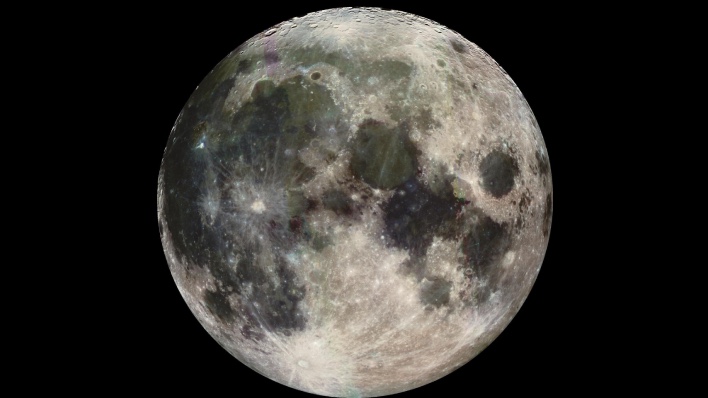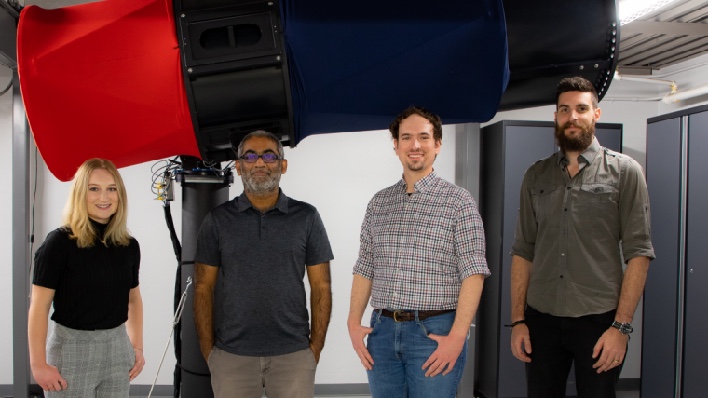China Slammed A Rocket With A Secret Payload Into The Moon Causing Multiple Craters

The event was unique in that most lunar impacts caused by space hardware only leave one crater. Several rocket boosters from NASA’s Apollo missions have slammed into the Moon’s surface, only to leave a single impact crater in the aftermath. The fact that this crash caused a double crater made many speculate about what could have been the cause. Among those curious was Tanner Campbell, a doctoral student at the University of Arizona Department of Aerospace and Mechanical Engineering, and the study’s first author.
There was a bit of confusion about what the space debris was as it neared the moon, believed at first to be a SpaceX Falcon 9 rocket booster from a 2015 launch. It was later determined that the errant debris was more likely a booster from a Chang’e 5-T1 launched in 2014. The Chinese space agency was quick to respond to the claim, claiming the rocket booster burned up in Earth’s atmosphere upon re-entry. However, the US Space Command confirmed that the Chinese rocket’s third stage never re-entered the Earth’s atmosphere.

“Something that’s been in space as long as this is subjected to forces from Earth’s and the moon’s gravity and the light from the sun,” remarked Campbell. “So you would expect it to wobble a little bit, particularly when you consider that the rocket body is a big empty shell with a heavy engine on one side But this was just tumbling end-over-end, in a very stable way.”
This caused the team to believe the rocket booster had some type of counterweight to the two engines, each weighing 1,200 pounds without fuel.

Additional clues came in the fact the event left two craters instead of the typical one. Campbell and the rest of the team noted the differences between the craters left from the Chinese rocket booster and those left from the Apollo rockets.
“This is the first time we see a double crater,” remarked Campbell. “We know that with Chang’e 5T1, its impact was almost straight down, and to get those two craters of about the same size, you need two roughly equal masses that are apart from each other.”
While the team cannot yet identify what caused the second crater, it has brought about a call for space debris to be tracked more effectively. As NASA and other space agencies aim to go back to the moon and place more objects, such as habitats for humans to live and work, it becomes more crucial to keep track of all the objects that could crash into the moon’s surface.

